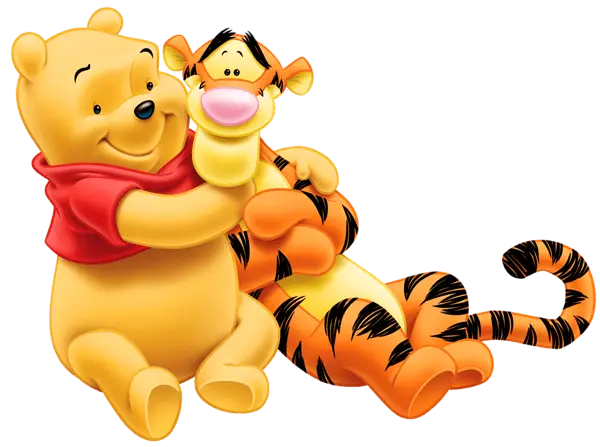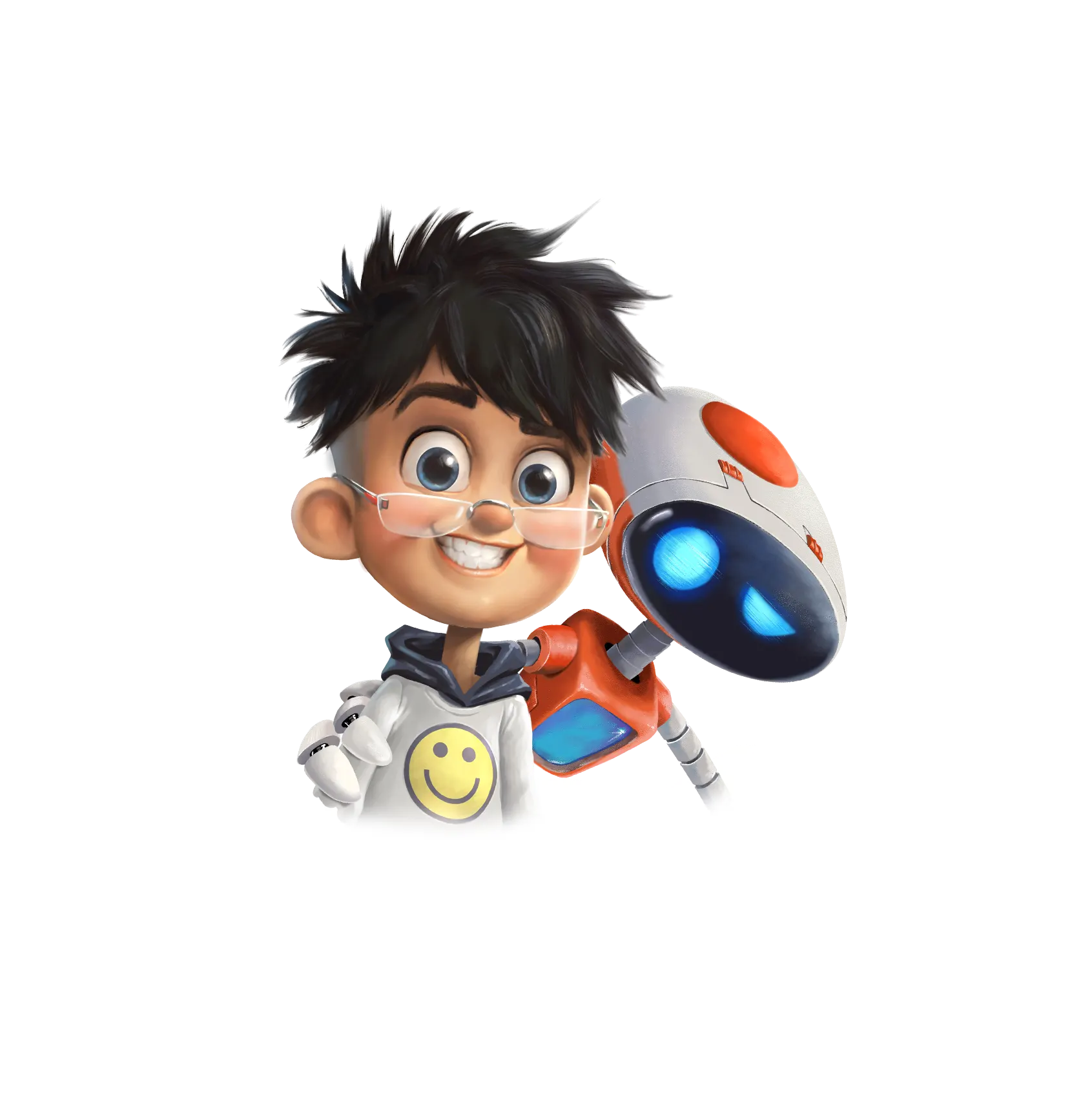The traditional animation in the new era of digitalization
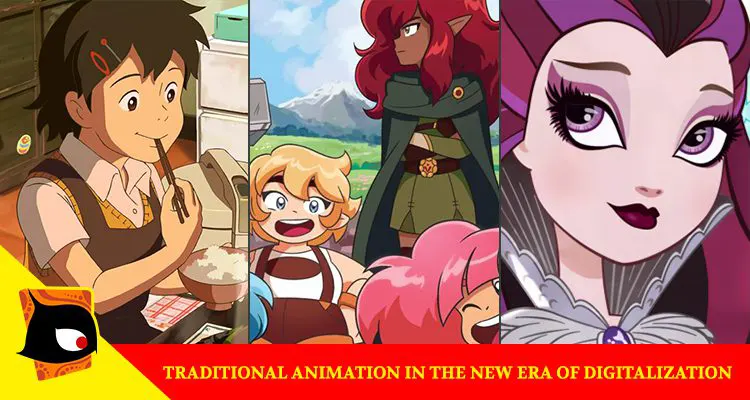
Since time immemorial, animation has been advancing in a similar way as the other sectors of the media and graphic industry are doing. As a result, there has been a transition in the types of animation that trend in the market depending on the type of technology that easily creates it. Some traditional animations have been done away with simply because of the methods that were used to produce them. For instance, in the traditional era, animation was produced by means of creating an illusion of movement by frame to frame manipulations of drawings and illustrations. However, in the era of digitization more so in almost every aspect of media and communication, animation is generated by the use of computers.
In this era of digitalization, all the possible areas of animation and graphic design are shifting to a convenient system of handling their work which includes the use of digital equipment even in the production of 2D which was tough work in traditional animation. Some of these types of equipment are the digital pen, tablet, or even the digital sculpting tool. This aids in the production of the same animation as in the traditional times only that the means are not as tedious as before. These tools help in rendering, animation, lighting, and modeling hence traditional animation becomes easier having being done in a digital manner.
Furthermore, the fact that the use of computer and graphic processing hardware has fundamentally changed this process, the time of production of these animations currently compared to the traditional has somehow relative improvements. However, the aspect of quality of the resulting animation has significantly increased due to the digitalization of the same industry.
Consequently, in the 1980s when the digitalization of the animation industry started, the fear that filled the hearts of the employees was that just like the way robotics is employed in manufacturing, computer design would deny them jobs in the animation industry. However, the production of short animated films that were entitled As a Technological Threat by Brian Jennings and Bill Kroyer, reduced the fear that was in people and also clearly portrayed how the digitalization of the industry was comfortably integrating with traditional animation and how there is a place for both.
In summary, as far as the traditional animation and the digitalization of the industry are concerned, it can be said that not only can and does the traditional animation and computer animation coexist but rather the combination and integration of both is needed. Additionally, traditional animation remains the prominent form of animation to date and also continues to grow in one way or another as the digitalization process continues.



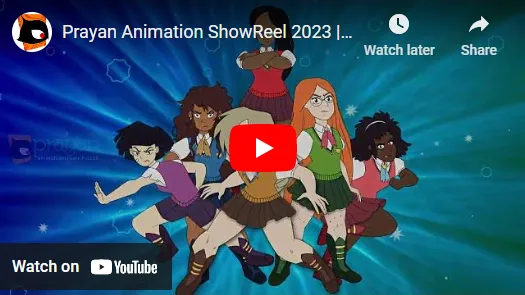
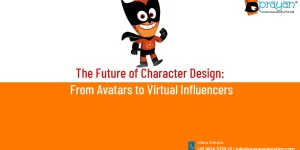
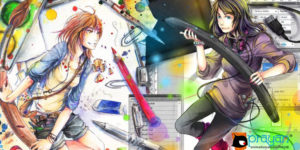
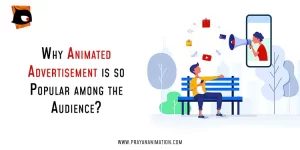
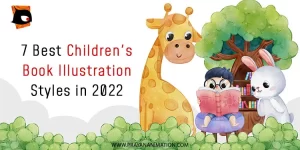
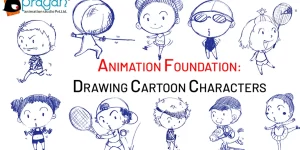
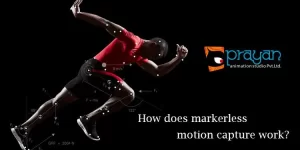
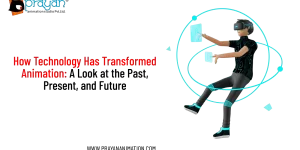
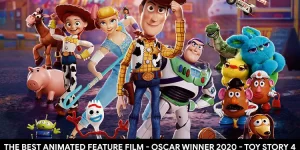

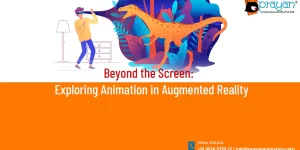
 We can help you.
We can help you. 

